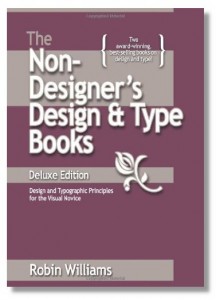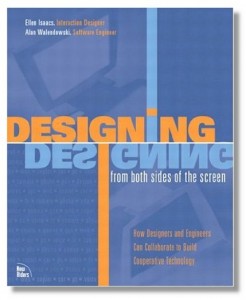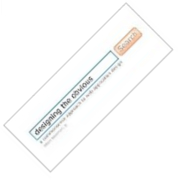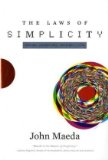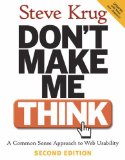Scott Berkun offers a great excerpt from his book Making Things Happen. He views project management as basically managing priorities:
- Everything can be represented in an ordered list. Most of the work of project management is correctly prioritizing things and leading the team in carrying them out.
- The three most basic ordered lists are: project goals (vision), list of features, and list of work items. They should always be in sync with each other. Each work item contributes to a feature, and each feature contributes to a goal.

